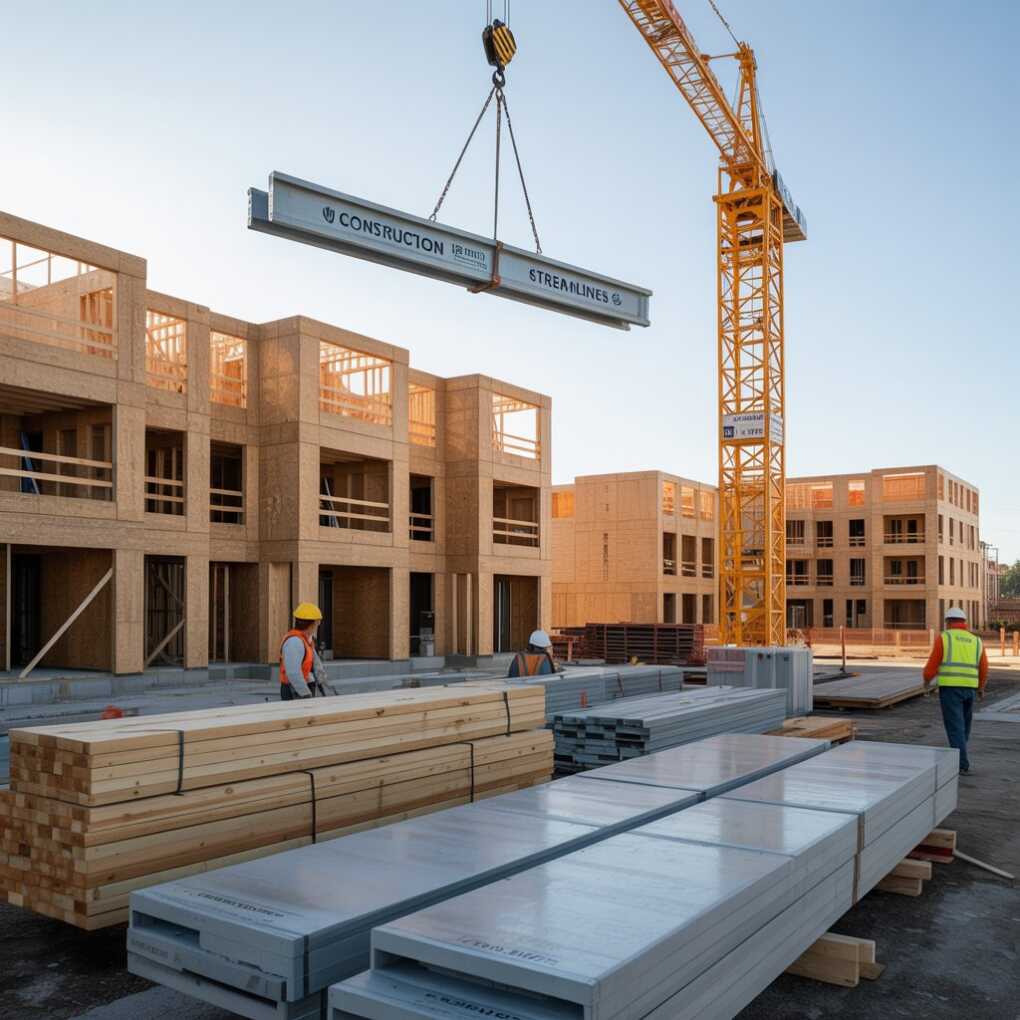Multi-unit housing projects demand a high level of coordination, planning, and adaptability to meet the expectations of developers, residents, and city officials. With increasing urban density and growing demand for housing, these projects often involve complex zoning laws, infrastructure challenges, and varied architectural requirements. Full-service construction companies play a critical role in this environment by delivering comprehensive project management, integrated design solutions, and a consistent communication framework.
Rather than relying on multiple contractors, developers benefit from a unified team that handles every phase from design through post-construction. This approach not only reduces delays and miscommunication but also provides a clearer financial outlook. We will explore how Cera Construction supports multi-unit housing developments through their comprehensive service model, contributing to efficiency, consistency, and long-term value creation in an ever-evolving market.

Key Ways Full-Service Construction Supports Multi-Unit Housing Projects
Centralized Planning From Concept to Completion
One of the most significant advantages of working with a full-service construction company is the centralized control over all phases of the project. In multi-unit housing, this translates to seamless collaboration between architects, engineers, project managers, and subcontractors. Instead of juggling various independent firms, developers can rely on one point of contact that coordinates every component of the build. This centralized planning process reduces the risk of errors and delays, ensuring that the project’s design aligns with regulatory requirements and budget constraints from the outset. Because full-service firms are involved early, they help streamline the permitting, materials selection, and architectural planning processes. This can lead to smarter building practices that reduce waste and improve long-term maintenance outcomes. For multi-unit buildings, where one misstep can impact dozens of units, this level of coordination makes a tangible difference in both timeline and quality.
Efficient Use of Budget Through Cost Transparency and Value Engineering
Full-service construction teams are well-positioned to make informed financial decisions, as they oversee both design and execution. When constructing multi-unit residences, this means they can suggest materials and construction methods that provide better value without sacrificing performance or aesthetics. For instance, they propose modular construction elements or pre-engineered systems that save time and cost. Their involvement in every project stage allows for real-time budget monitoring and adjustments as needed.
Developers appreciate this level of cost transparency because it reduces the risk of last-minute changes that can spiral into delays or overruns. Value engineering also comes into play here—full-service teams can recommend design tweaks that make the project more affordable or sustainable while meeting the original vision. With a clear understanding of both construction logistics and budget limits, these firms are uniquely equipped to keep multi-unit housing projects financially viable from groundbreaking to final inspection.
Streamlined Communication Between Stakeholders
Large-scale housing developments typically involve a wide range of stakeholders, including developers, investors, city planners, and future residents. Coordinating communication between all of these groups can be daunting, but full-service construction companies simplify this by acting as the central hub of information. By consolidating updates, design revisions, and progress reports under one organizational structure, these teams reduce confusion and ensure that everyone remains informed. This kind of transparency is particularly valuable in multi-unit projects, where small decisions—such as layout changes or material substitutions—can have ripple effects across dozens of homes.
With streamlined communication, concerns are addressed promptly, approvals are secured more efficiently, and construction can proceed without unnecessary interruptions. This structure not only enhances efficiency but also fosters trust between the project team and stakeholders, leading to smoother approvals and more satisfied end-users. Ultimately, strong communication is a key ingredient for completing large housing projects on time and within budget.
Integrated Compliance and Risk Management Practices
Multi-unit housing construction is often subject to a dense web of building codes, zoning laws, and environmental regulations. A full-service construction firm assumes the responsibility of navigating this regulatory landscape, ensuring that the project complies with all local, state, and federal guidelines. From ADA accessibility requirements to fire safety protocols, they build compliance into every step of the process. Their teams are also trained to identify risks early—whether it’s a structural concern, a labor shortage, or a potential delay in permitting.
By proactively addressing these challenges, they help avoid costly fines or retroactive fixes that could delay project completion. Having in-house legal and compliance teams means that nothing falls through the cracks, even as building codes evolve or inspection standards tighten. For multi-unit projects, which tend to draw greater scrutiny due to their size and impact on communities, this risk management approach adds a vital layer of security and reliability.
Full-service construction companies bring clarity, cohesion, and confidence to the complex task of developing multi-unit housing. Their comprehensive involvement—from initial design to post-construction support—ensures that every aspect of the project is managed with a unified vision and strong oversight. This model reduces miscommunication, keeps budgets in check, and streamlines compliance with building codes and regulations. For developers facing tight timelines and strict regulatory frameworks, the consistency provided by a full-service approach is an asset that can’t be overstated.
Conclusion
We’ve explored how this integrated model benefits every stage of multi-unit housing construction and how it supports the creation of functional, efficient, and sustainable residential communities. As urban housing demands continue to grow, full-service construction emerges as a reliable approach to delivering quality at scale.
